Attention Aquatic Pet Owners, Aquarium Hobbyists, and Water Garden Enthusiasts!














step 1: Destroy and dispose of the moss ball.
Do not dump aquarium tank water or dispose of moss balls in natural waterbodies.
Aquarium owners can safely dispose of the moss ball(s) by one of three methods:
Remove the moss ball(s) and place in a plastic bag. Put the bag in a freezer and leave for at least 24 hours. After that, the moss ball(s) can be disposed of in the trash.
Place moss ball(s) in boiling water for at least one full minute. After that, the moss ball(s) can be disposed of in the trash.
Submerge moss ball(s) in undiluted white vinegar for at least 20 minutes.
Once one of the three methods are complete, place the moss ball and any of its packaging in a sealed plastic bag and dispose of in the trash.
If vinegar, boiling water, or bleach was used, the liquid can be disposed down a household drain - never down a storm drain where it could enter and damage waterways.
Step 2: Decontaminate the aquarium, accessories and water.
Clean the aquarium and accessories using ONE of the following methods, ensuring that the decontaminate method you choose is in accordance with manufacturers’ recommendations:
Hot Water Method:
Use water that is 120°F to flush and coat the tank and all accessory surfaces for at least two minutes.
Salt Water Method:
Make a saline solution using ½ cup of salt per gallon of water and soak aquarium substrate, rocks, décor, and filter media in salt water solution for at least 24 hours.
Dispose of the treated water in a household drain and rinse all items prior to setting up the aquarium.
Bleach Disinfection Method:
Make a disinfection solution using ⅓ cup of bleach per gallon of water.
Soak the aquarium, substrate, rocks, décor, and filter media in the bleach water solution for 10 minutes.
Rinse off all items prior to setting up the aquarium.
Dispose of the previously used filter media and replace with new media.
Use a dechlorinating product to neutralize any residual chlorine prior to reintroducing aquatic life.
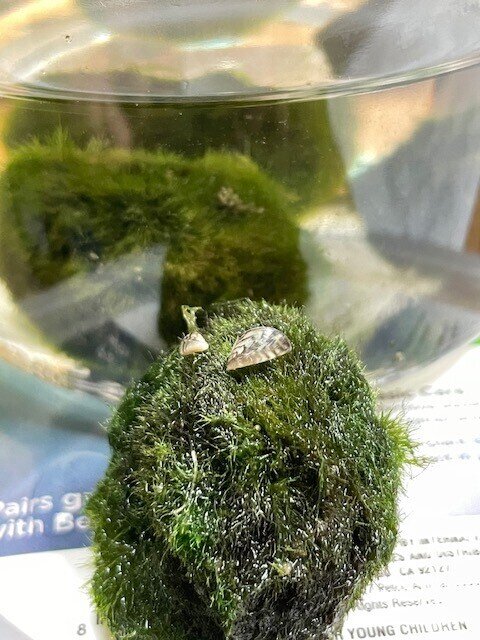
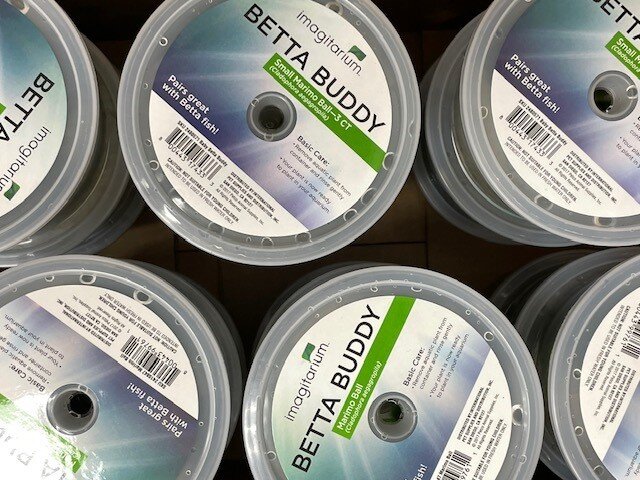
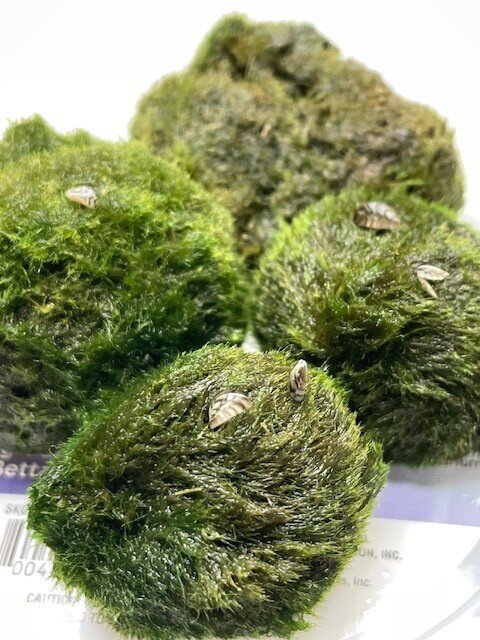
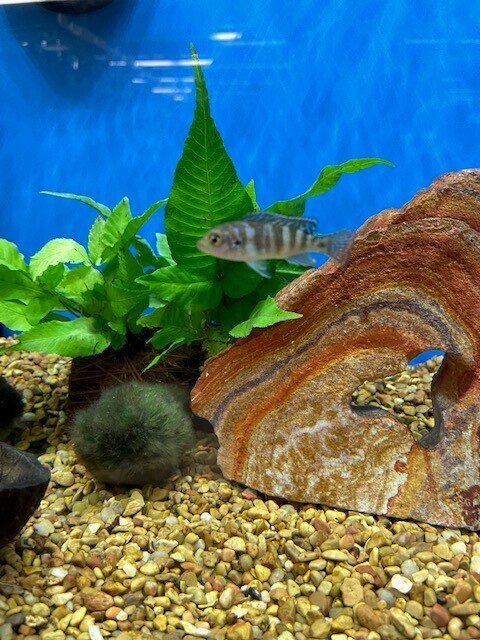
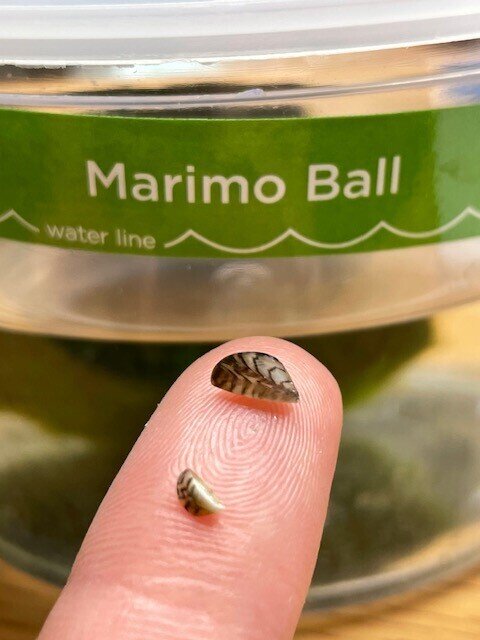
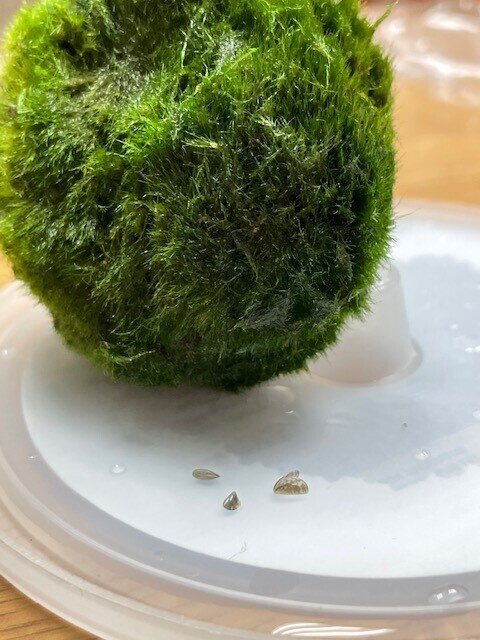
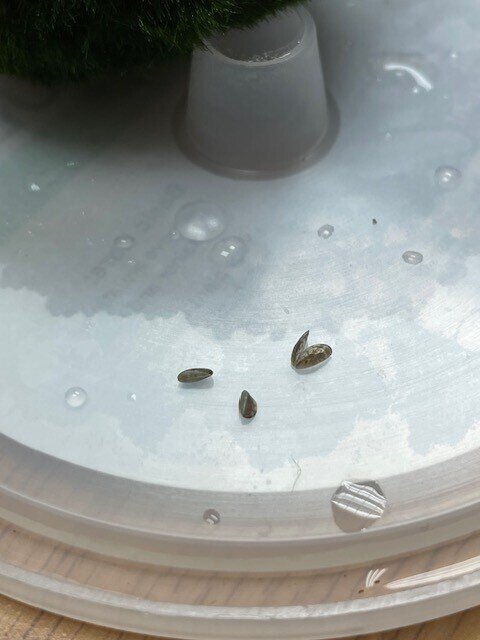
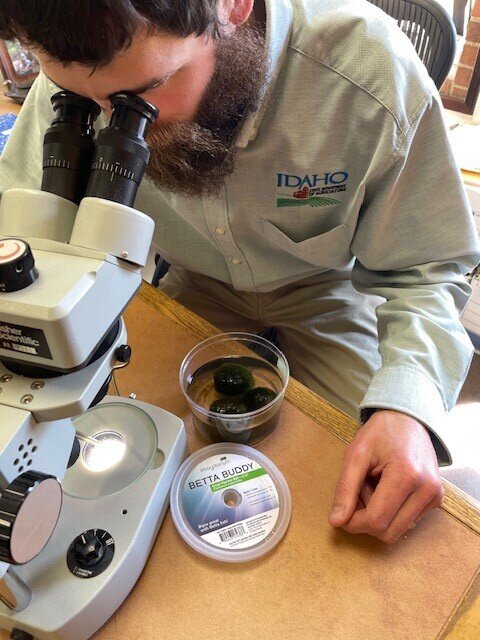
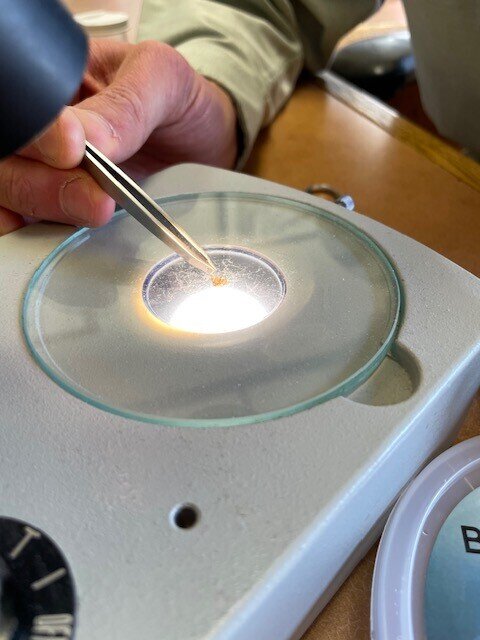
Invasive species come in many shapes and forms, and are silently taking the place of native species we Idahoans depend on to perpetuate our way of life.
They have invaded our farms, ranches, parks, waterways, forests, rangelands, and even our backyards. They prey upon our grasses, crops, trees, fish, birds, snails, and in the long game, even threaten to destroy us. If we don’t take action to stop invasive species, the Idaho we know will be lost forever.
Invasive species are non-native species that disrupt healthy ecosystem functions from the bottom up, causing a chain reaction which leaves nothing unaffected. Invasives such as zebra and quagga mussels, leafy spurge, Eurasian watermilfoil, yellow starthistle, bullfrogs, hydrilla, Asian carp, etc. prey upon, crowd out, displace, or otherwise harm native species. They alter ecosystem dynamics, transport pathogens, interfere with crop production, cause disease in animals and humans, and affect both aquatic and terrestrial habitats.
Unfortunately, as worldwide commerce and travel increase, so does the threat that unwanted species will arrive in our state and spread to areas where they are not now found. Idaho is not alone in facing these threats and there is growing national awareness of the need to prevent and control invasive species.
Look for Invasive Species awareness campaigns throughout Idaho.
We need your help to keep Idaho Invasive Species free!





